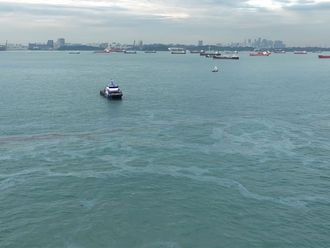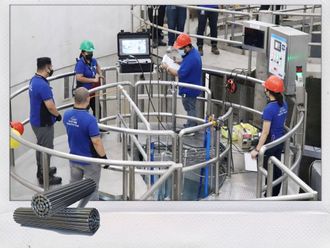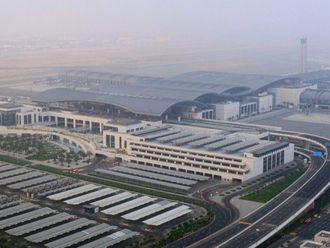
Beijing: A Chinese authority said the local unit of ConocoPhillips has found nine oil leak sites amid intensifying pressure on the company to clean up oil spills in the Bohai Bay. The company says it believes the source of the seeps is not new.
ConocoPhillips China operates offshore wells in the Bohai's Penglai 19-3 oil field in partnership with state-run China National Offshore Oil Corp. The two spills, which occurred in June, covered 840 square kilometres, drawing criticism from environmentalists and local media, which in turn has pressured the government to take a stern, public line.
The North China Sea branch of the State Oceanic Administration said ConocoPhillips "admitted" on Saturday that there were nine oil leak sites on the seabed on the northwest side of the C Platform of the Penglai 19-3 oil field. It provided no further details and said it has asked the company to conduct a thorough investigation.
ConocoPhillips spokesman Rich Johnson said yesterday that the company's Chinese unit is closely monitoring and taking samples from nine "small seeps" that are appearing in a 15-metre-diametre area on the sea floor about 15 metres north of the C Platform.
The oil spills have deepened concern over the marine environment in the Bohai, a major fisheries region off China's northeast coast that already is suffering heavy pollution from industry and agriculture. ConocoPhillips said its tests of oil particles collected from shorelines found that only two of 56 could be traced to the oil spills. Most, it said, appeared to be from fuel oil.
Johnson said the first of the seeps was discovered on August 14 and reported to China's oceanic administration the following day. He said the source of the seeps is not new, and is likely to be related to the June 17 oil spill.
"While samples are still being analysed, it is believed the source of these seeps is residual mineral oil-based mud associated with the June 17 release that is migrating up from shallow subsurface sand layers," said Johnson in an e-mailed response to an AP query.
Johnson said the total volume of material released from the nine seeps is about two litres a day. "Any oil droplets released from the seep area are contained and cleaned up at the surface," he said, adding that the company is developing plans to stop the seeps.
Johnson said that as of yesterday, ConocoPhillips has cleaned up about 90 per cent of the total volume of mineral oil-based drilling mud, or 369 cubic metres, released by the June 17 spill.












